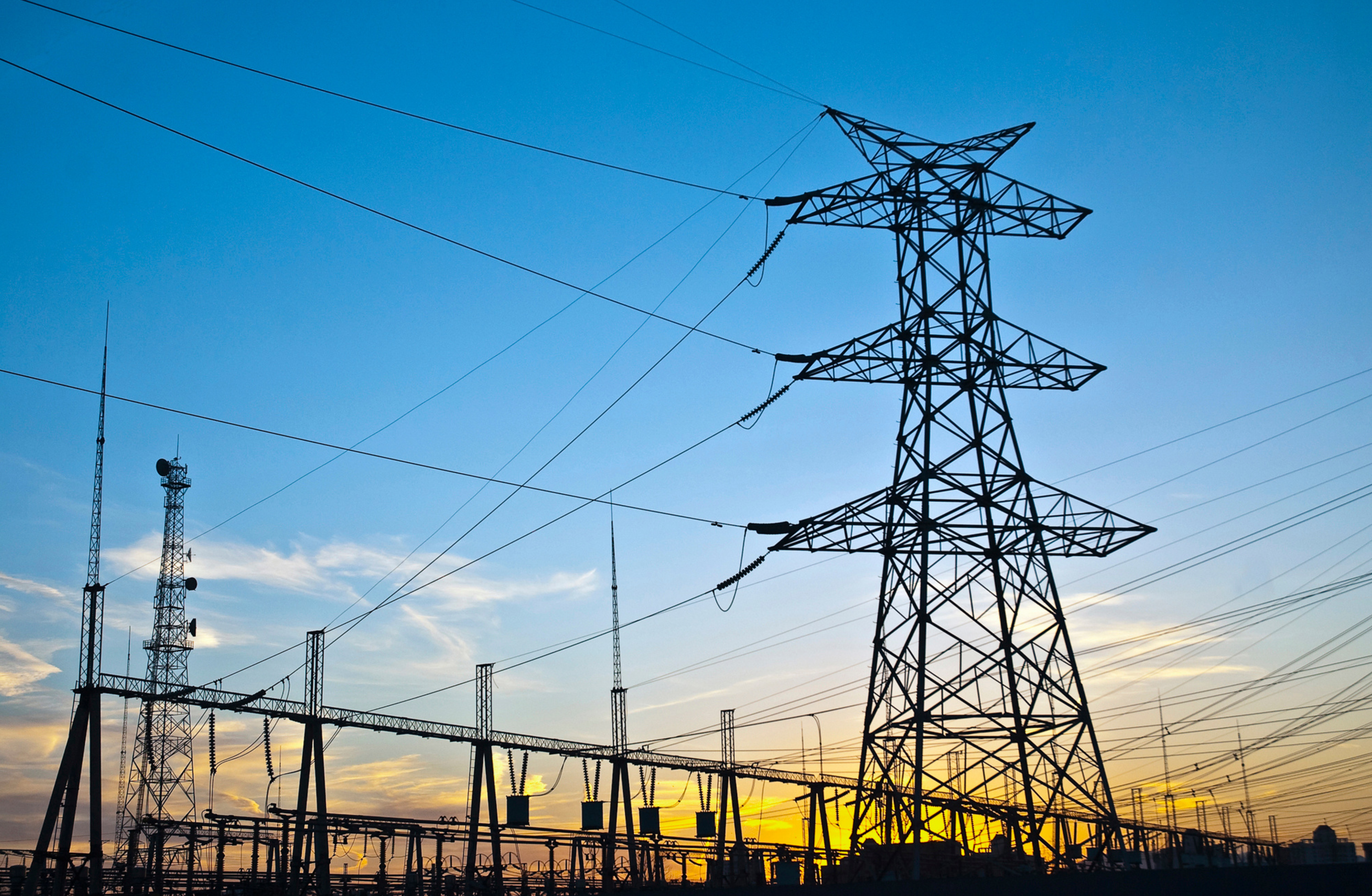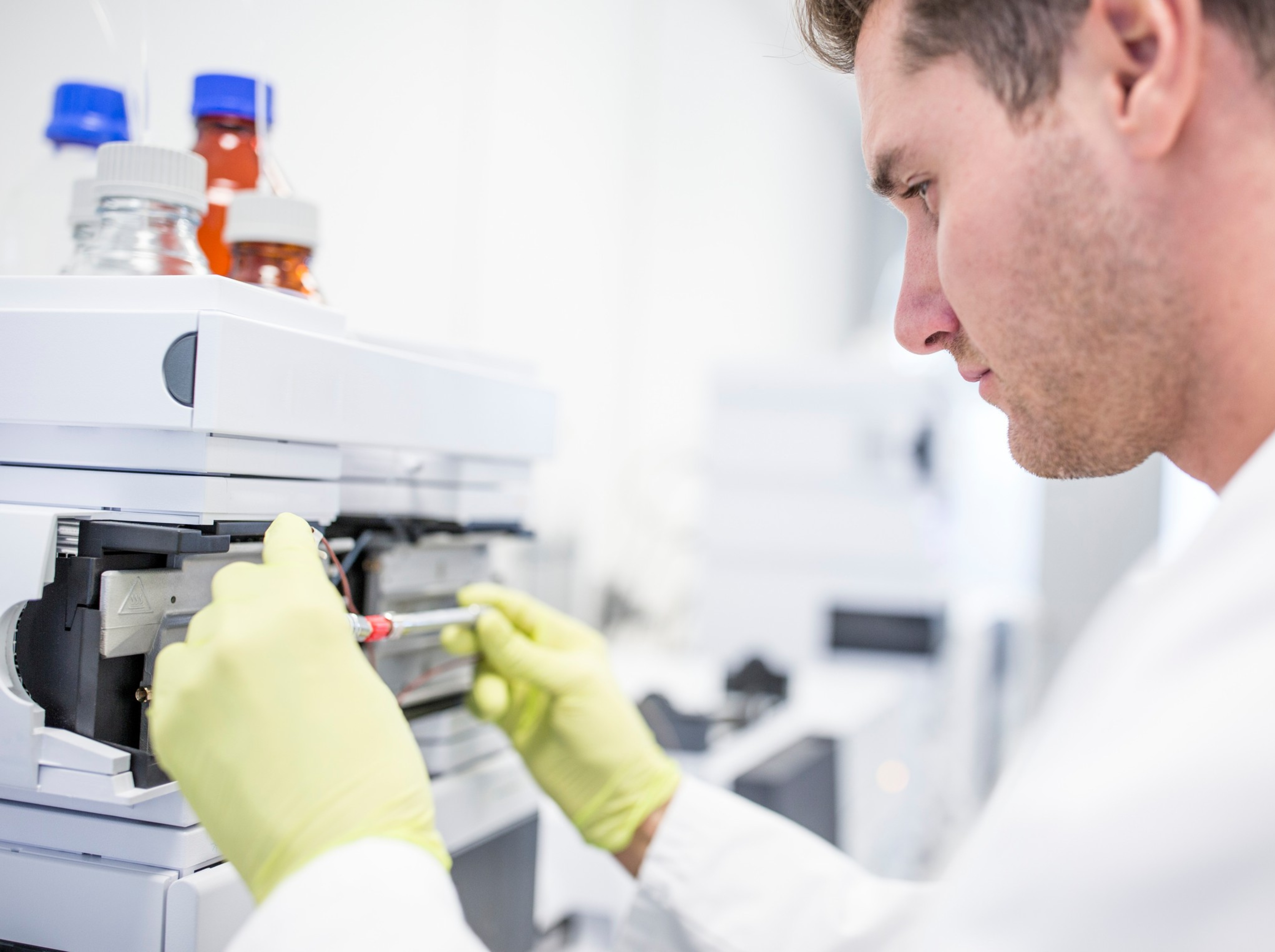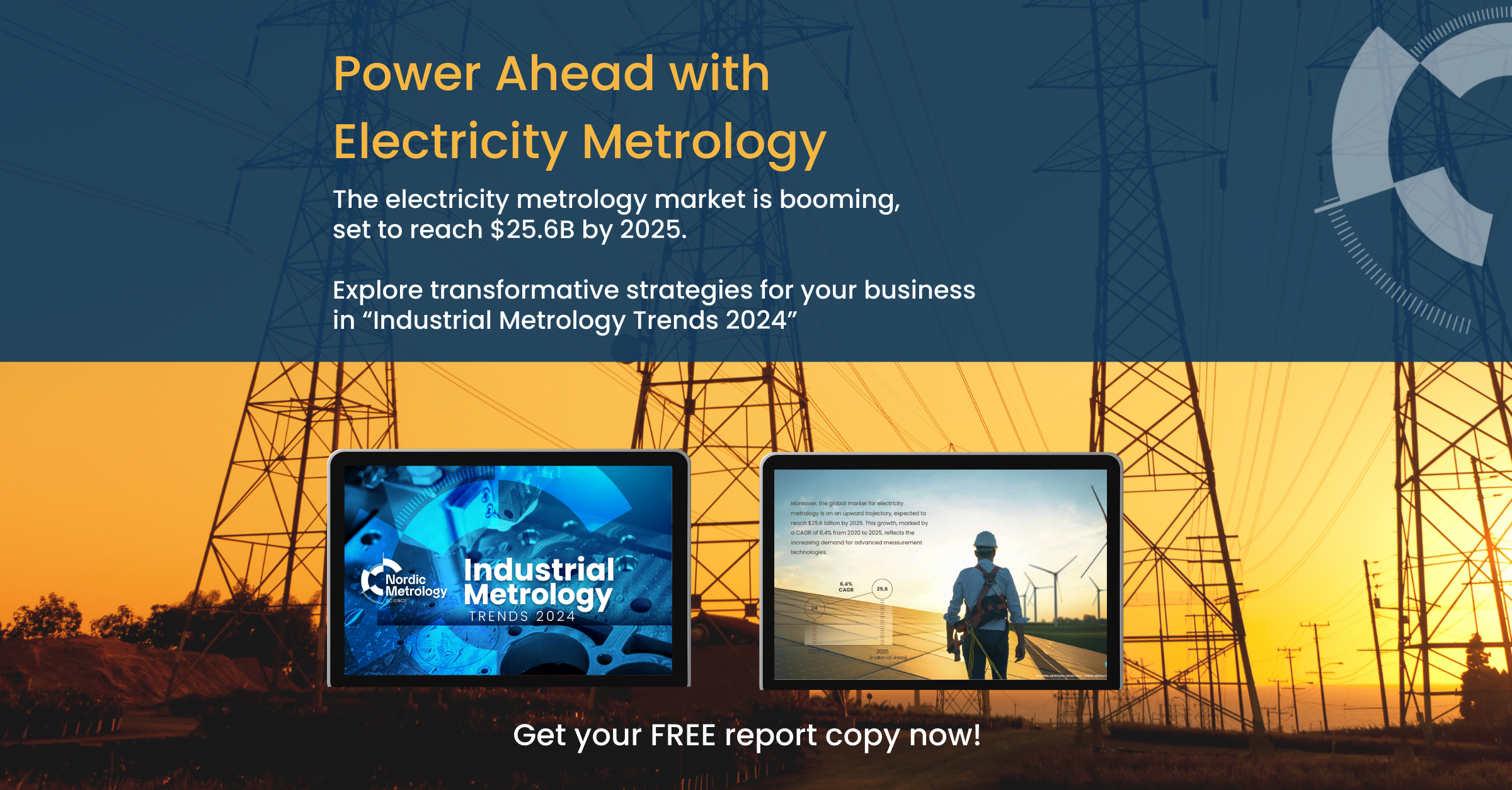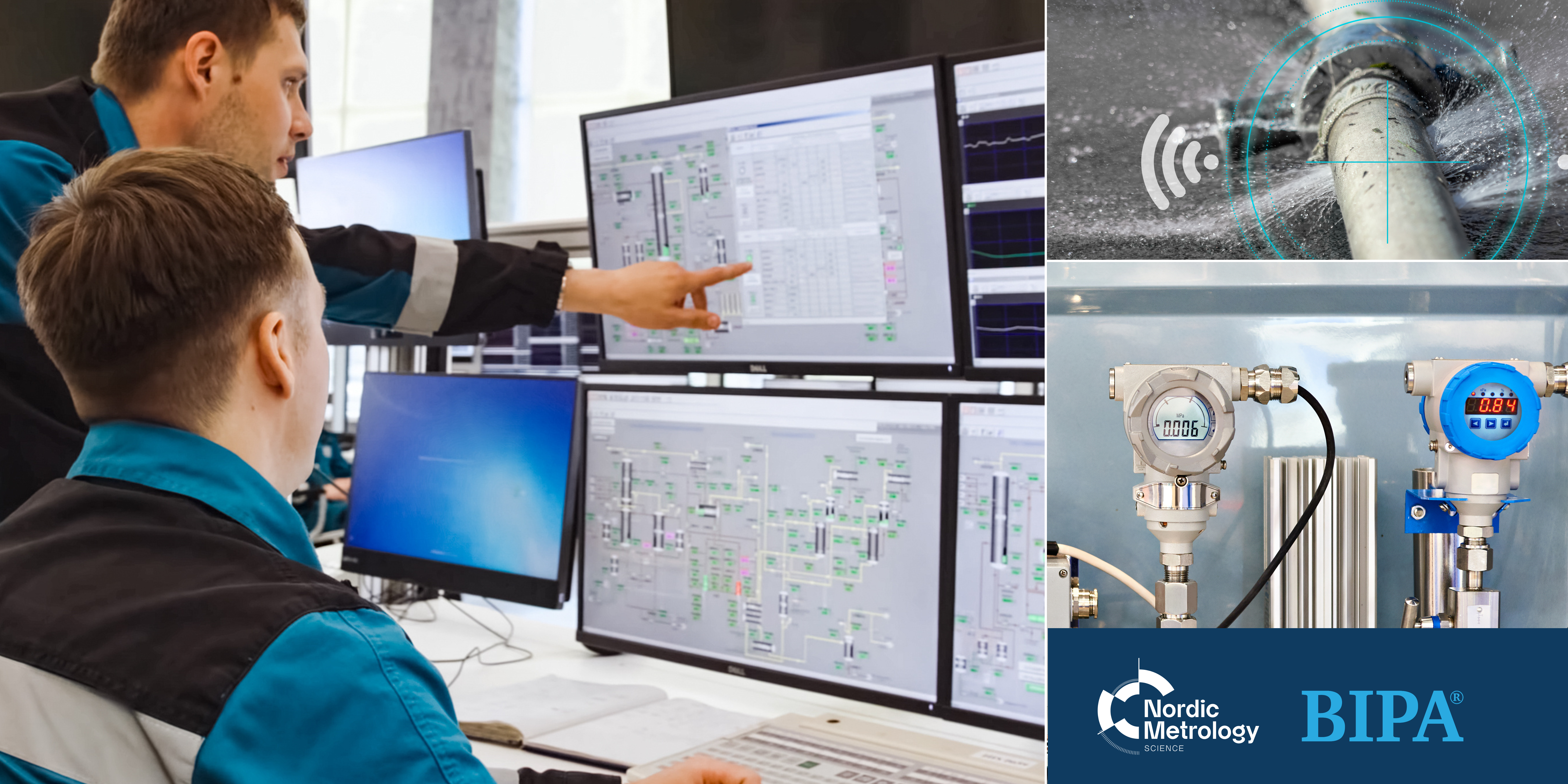
WHATS NEW?
Discover our blog

2024 08 21
Nordic Metrology Science and AB "Ignitis Gamyba": A New International Partnershi...
Read
2024 08 14
Nordic Metrology Science and ESO: New Project for Current Measurement Transforme...
Read
2024 07 11
On-Site vs Off-Site Calibration: how to choose the right calibration service for...
Read
2024 04 18
Understanding Sound Measurement Science

2024 04 03
The Essential Guide to Dynamometer Calibration: Ensuring Precision in Every Meas...

2024 03 27
Nordic Metrology Science Launches a New Project with the Seafarers' Health Care ...

2024 03 18
Nordic Metrology Science & JSC "Pieno tyrimai" partnership enhances quality assu...

2024 02 22
Industrial Metrology Trends 2024: Navigating the Future of Precision...
Read
2024 02 15
Smart City: Elevating Everyday Life with Integrated Technologies and Precision D...

2023 12 07
Nordic Metrology Science’s Digital Calibration Certificates and Inspection Rep...


